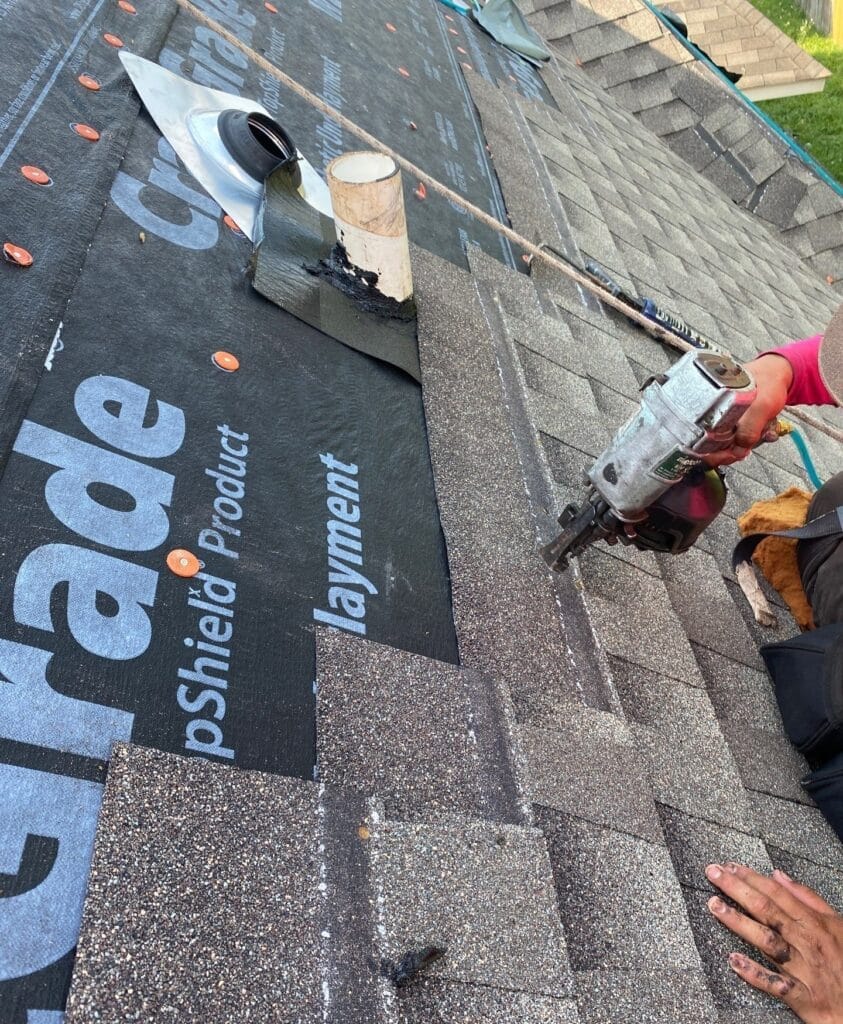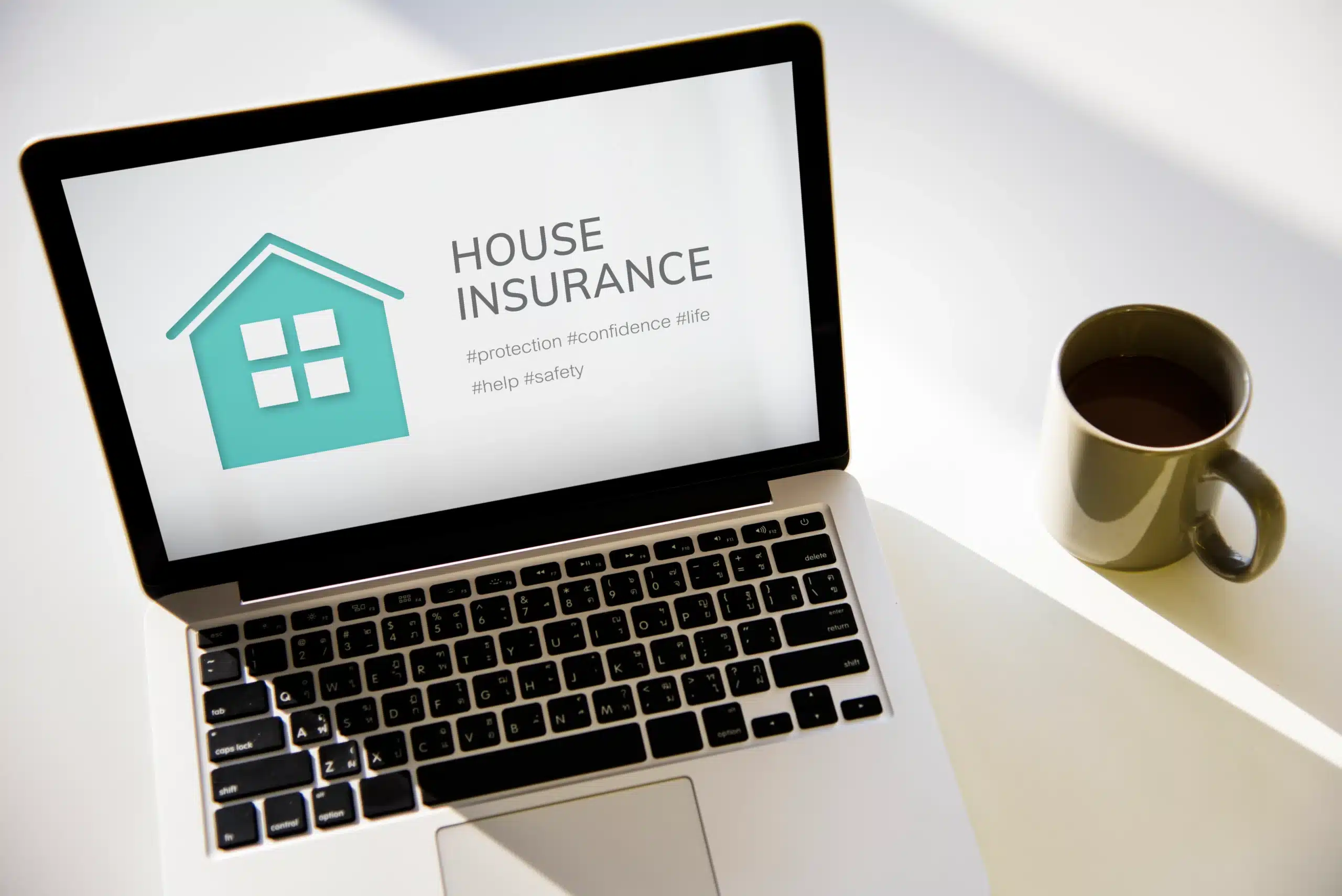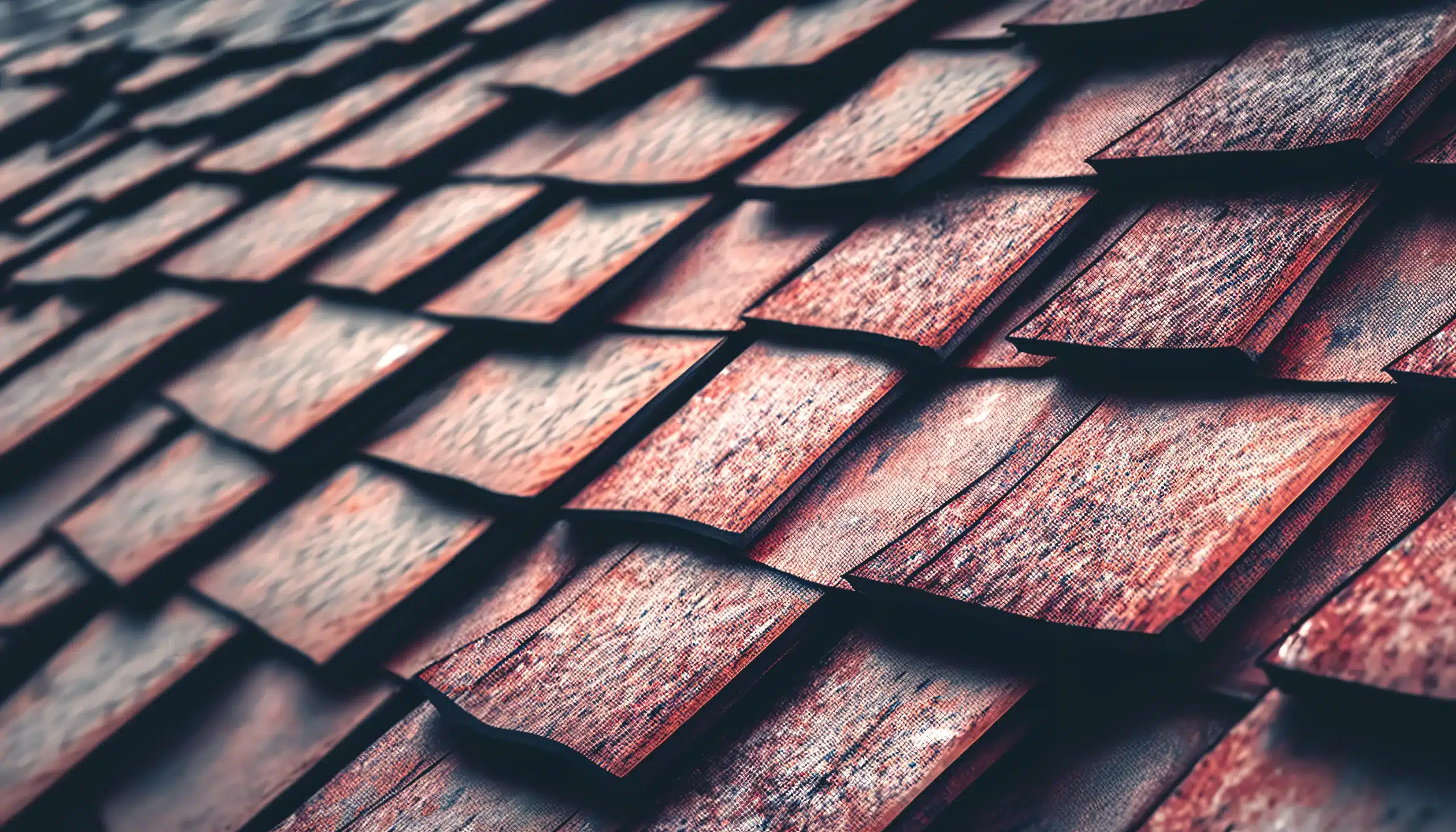Replacing your roof is no small task. Whether you’re trying to cut costs or simply enjoy the satisfaction of DIY home improvement, one crucial question must be answered before picking up a hammer: Do I need a permit to replace my roof myself?
The short answer? In most cases, yes. But the full answer depends on your local building codes, the scope of the work, and whether you live in a regulated municipality. This guide breaks down what you need to know to stay compliant, safe, and stress-free.
Understanding Roofing Permits
Roofing permits are legal documents issued by your local building department. They signal that your project has been reviewed for compliance with safety codes and zoning laws. Permits help cities ensure that structural work, like roof replacement, is done correctly and safely.
Roofing permit requirements vary by location, but they often include inspections, specific material standards, and documented proof of the project’s scope.
For detailed guidance, the National Roofing Contractors Association (NRCA) provides industry-standard resources and code references.
DIY Roof Replacement: Legal Considerations

As a homeowner, you may have the right to work on your own property, but this doesn’t exempt you from following the law. Most localities require permits for structural changes or significant repairs—and roof replacement usually qualifies.
Permits are especially important in areas with strict roofing code enforcement or when work could affect the safety of the structure. Skipping this step can result in hefty fines, project delays, or even forced removal of the work done.
The U.S. Department of Housing and Urban Development (HUD) outlines important safety standards for residential roofing and home renovations.
When a Permit Is Required vs Not Required
You typically need a permit if:
- You’re removing and replacing roofing materials (shingles, underlayment, decking)
- Structural repairs or reinforcements are involved
- You’re modifying roof pitch or design
You may not need a permit for:
- Minor repairs (replacing a few shingles)
- Temporary tarping or patch jobs
- Gutter or flashing work
Still, it’s best to check with your local authority to be certain.
How to Find Out Local Permit Requirements
Each state, county, or municipality can have its own rules. Here’s how to confirm yours:
- Visit your city or county’s building department website (or call them directly)
- Search for “roofing permit” or “residential roofing requirements”
- Review whether DIY roof replacement permits are allowed
- Note any required documentation (like drawings or photos)
Because roofing regulations by state can vary drastically, it’s essential to check your local building department’s rules before starting a DIY project.
How to Apply for a Roofing Permit as a Homeowner
If you’re doing the work yourself, you’ll need to:
- Fill out a building permit application
- Submit plans or a scope of work
- Pay the application fee
- Schedule an inspection (before, during, and/or after the project)
Most cities now allow online submissions. Approval times vary but expect anywhere from a few days to two weeks.
Risks of Not Getting a Permit
Skipping the permit might save time initially, but it can lead to serious consequences:
- Fines and legal action
- Denied insurance claims if damage occurs
- Issues during resale (unpermitted work can void appraisals or cause buyer concerns)
- Forced removal or redo of the roof
Don’t risk it—getting a permit protects you legally and financially.
Differences Between Contractor and Homeowner Responsibilities

Licensed contractors usually handle permits, inspections, and warranty compliance.
Homeowners must do this themselves when opting for DIY, including:
- Learning applicable homeowner roof repair laws
- Coordinating inspections
- Accepting full liability for work quality and safety
Cost Breakdown of a Roofing Permit
Permit costs vary based on:
- Location
- Roof size and type
- Project complexity
Typical cost range: $150 – $500, though it can be higher in urban areas.
Call your local building office or check their website for a fee schedule.
For help estimating the broader project budget, see how much roof replacement costs.
How a Permit Can Actually Help You
While it may seem like a hassle, a roofing permit provides benefits:
- Ensures compliance with safety and zoning laws
- Protects home value by documenting proper work
- Supports insurance claims by proving quality standards
- Adds peace of mind that your roof is safe and durable
When It’s Better to Hire a Professional
If your roof has:
- Structural issues
- Steep slopes or multiple levels
- Insurance coverage
- Tight deadlines or resale plans
…a licensed contractor may be your best choice.
Not sure how long the project might take? Here’s a guide on how long to replace a roof.
How to Prepare for a Roofing Inspection
Once you secure your roofing permit, the next step is to prepare for mandatory inspections. These inspections are critical for verifying that your work meets local building codes and safety standards. Failing an inspection could delay your project or result in costly rework.
What Inspectors Typically Check:
- Proper installation of underlayment and flashing
- Nail patterns and shingle alignment
- Ventilation and attic airflow
- Decking condition and attachment
- Compliance with fire and wind ratings
- Ice and water shield placement (in cold or hurricane-prone regions)
Tips to Pass Your Inspection:
- Document your work: Take photos at each stage — removal, decking repair, underlayment, shingle installation — to show the inspector what’s beneath the surface.
- Follow manufacturer guidelines: Using materials outside of spec can fail inspection.
- Keep your permit on-site: Inspectors may ask to see your permit and plans.
- Be present: If possible, be available to answer questions or provide clarification.
Pro tip: Schedule inspections early in the day to allow time for adjustments if needed.
Special Considerations for Louisiana Homeowners
In Louisiana, roofing permit rules can vary significantly by parish. For instance:
- New Orleans requires a building permit for full roof replacement
- Jefferson Parish mandates inspections for certain roofing materials
Check your parish’s local permit office
Louisiana also has unique weather codes for hurricane and wind protection, increasing the need for code compliance.
FAQs About Roofing Permits
What happens if you replace your roof without a permit?
You could face fines, insurance claim issues, stop-work orders, and be forced to redo the project at your own cost.
Can I legally replace my own roof?
Yes, in many areas, but only if local law permits it and you follow all code and permit requirements.
How much does a roofing permit cost?
Between $150 and $500 on average. Costs vary widely by location and project type.
Who is responsible for getting a roofing permit?
The person performing the work—so if you’re DIY-ing, you are responsible.
Do I need a permit for partial roof repair?
In many cases, no. Small patch jobs or limited shingle replacements often don’t require permits. However, full replacements or repairs that affect structural components usually do.
Can a permit be retroactively approved if I already started?
Some jurisdictions allow retroactive permits with additional inspections and fees, but it’s not guaranteed. It’s always safer to apply before beginning work.
Does insurance require a permit to pay for a claim?
Yes, many homeowners insurance providers require proof of permits for major repairs like roof replacement to process claims.
What inspections are involved with a roofing permit?
Most permits require an initial review, a mid-project check, and a final inspection to confirm code compliance. Requirements vary by location.
Need help understanding your local roofing rules? Contact us for guidance or to schedule a licensed inspection.







